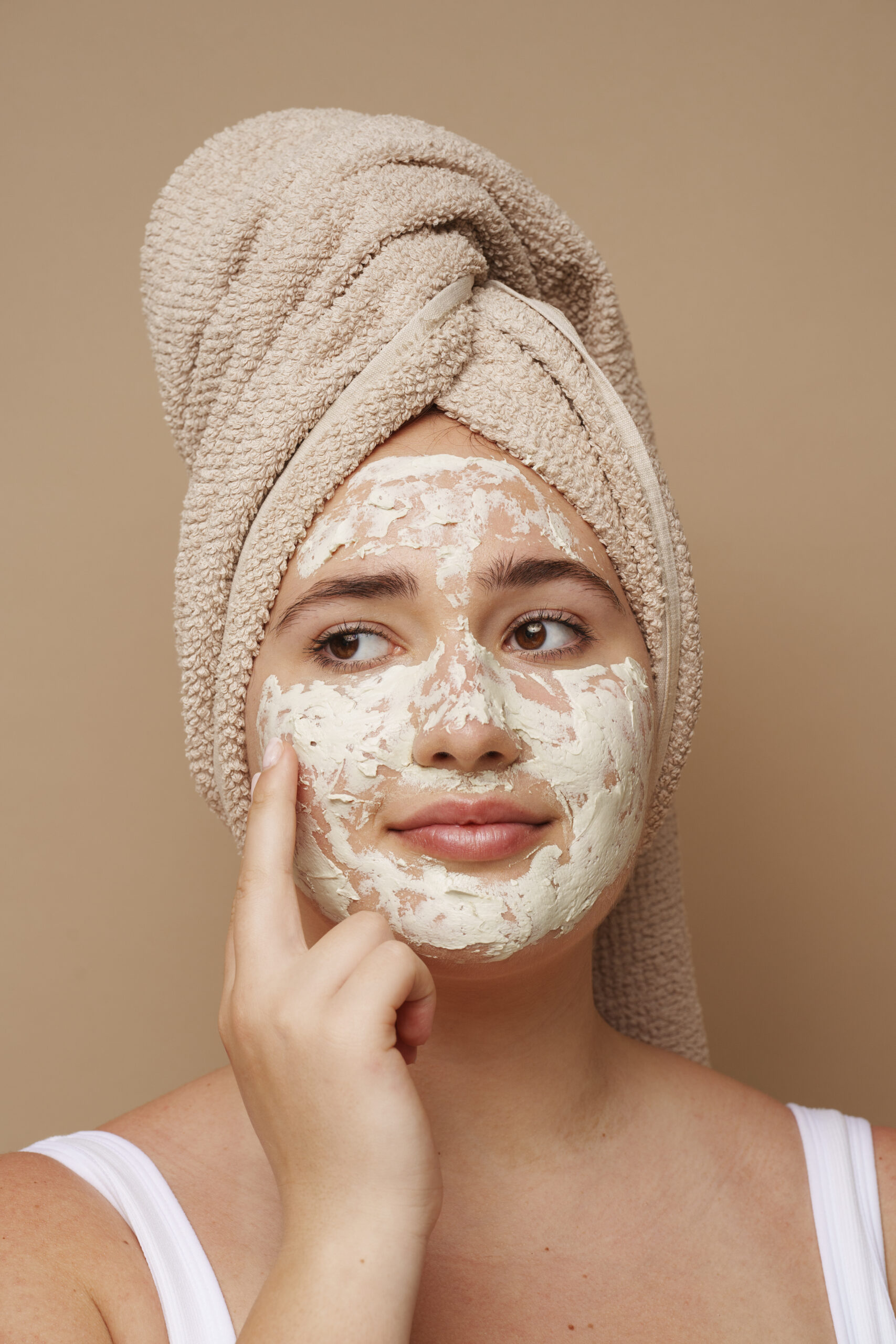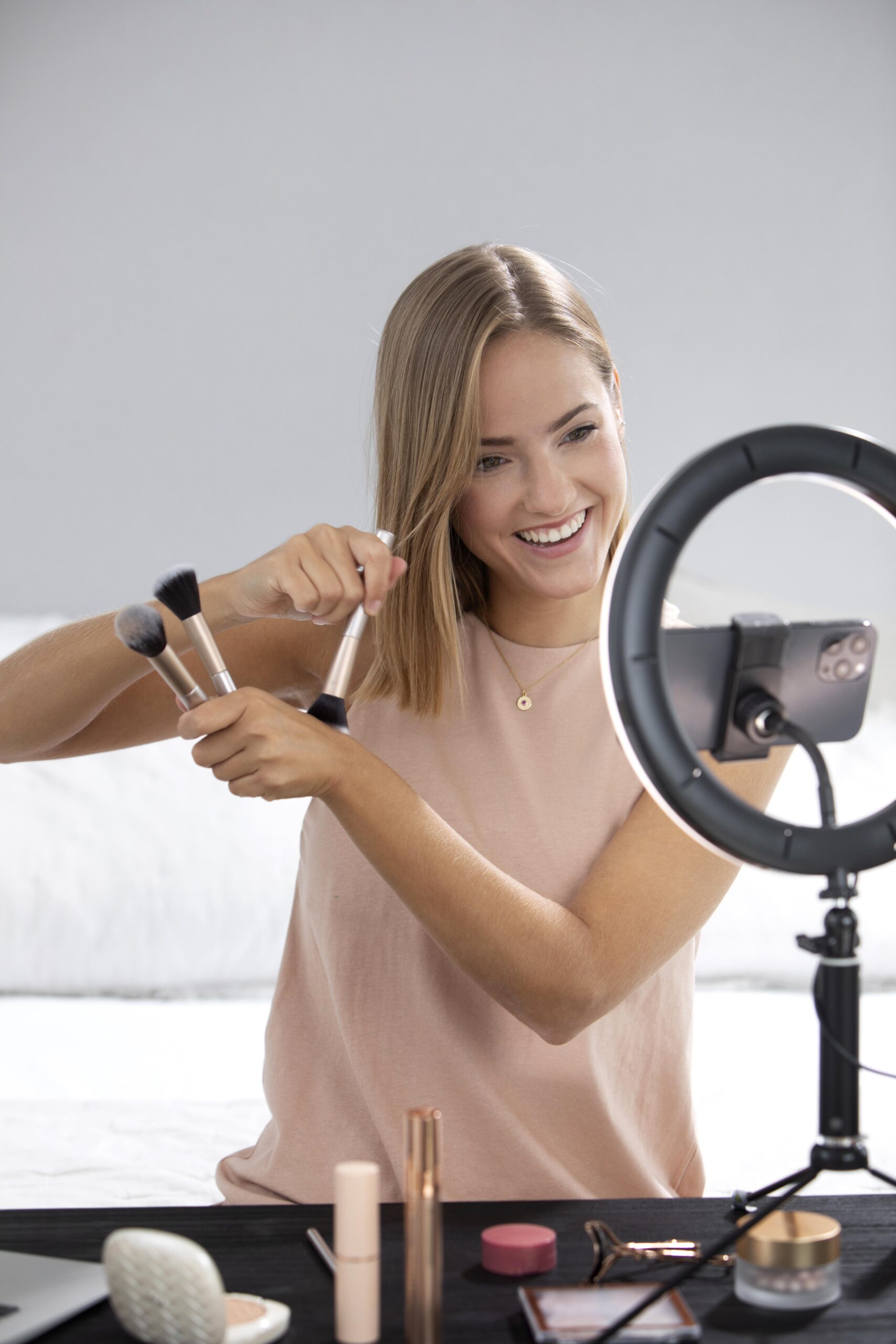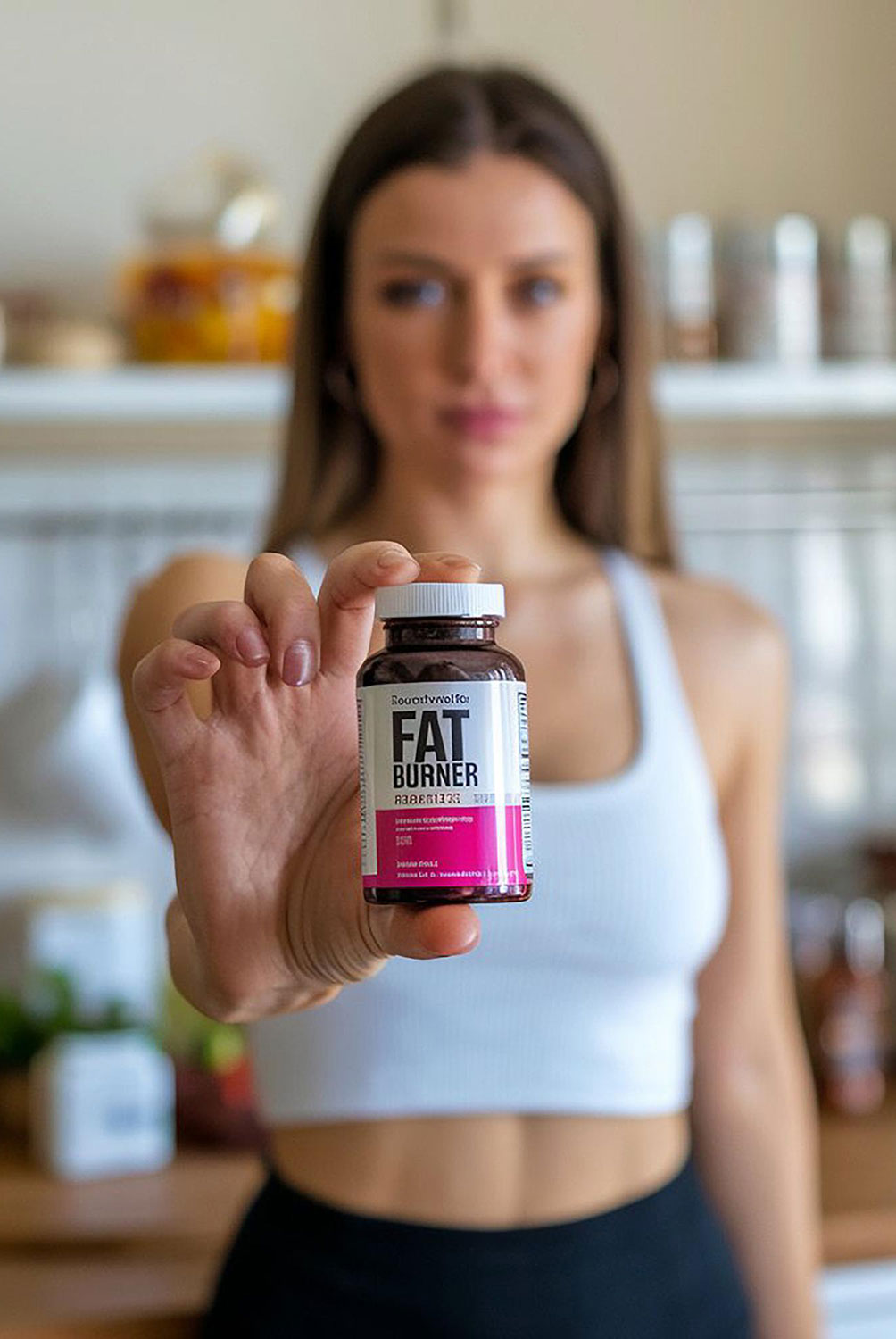Delay Sprays Unveiled: Your Essential Pre Use Guide

Delay Sprays Unveiled: Your Essential Pre Use Guide
Navigating the Path to Longer Lasting Intimacy
In a world where sexual satisfaction is increasingly recognized as a vital component of overall well-being, concerns about sexual performance, including how long intercourse lasts, are common. For many men, the experience of premature ejaculation (PE) or simply the desire to extend intimate moments can lead to anxiety, frustration, and a search for effective solutions. Among the array of options available, delay sprays have emerged as a popular, accessible choice promising to help manage sensitivity and prolong pleasure.
But with this promise come questions and a degree of uncertainty. How do these sprays actually work? Are they safe? Will they diminish pleasure for either partner? How do you choose the right one from a seemingly endless market, and equally importantly, how do you use it correctly for the best results without unwanted side effects? The internet is awash with information, but not all of it is accurate or comprehensive.
This guide is here to cut through the noise. We aim to provide you with a complete, honest, and easy-to-understand resource on delay sprays. We’ll delve into what they are, the science behind them, how to select a quality product, and the crucial steps for effective and safe application. Furthermore, we’ll explore potential side effects, their impact on relationships and intimacy, and when it might be wise to consider other approaches or consult a healthcare professional. Our goal is to empower you with the knowledge you need to make informed decisions about whether delay sprays are right for you and how to integrate them into your life thoughtfully and responsibly.
What Are Delay Sprays and How Do They Really Work?
Delay sprays, at their core, are topical anesthetics specifically designed to reduce sensitivity in the penis, thereby helping to delay ejaculation. They are typically applied to the most sensitive parts of the penis a short time before sexual activity. Understanding their composition and mechanism is the first step to using them effectively and safely.
- The Active Ingredients: Numbing AgentsThe magic behind delay sprays lies in their active ingredients, which are mild local anesthetics. The most common ones you’ll encounter are:
- Lidocaine: This is perhaps the most widely used and often recommended active ingredient in modern delay sprays. It’s known for its relatively rapid onset of action and effectiveness. Lidocaine is generally considered to have a lower risk of being absorbed into the bloodstream or transferred to a partner compared to some other anesthetics, especially in the concentrations used in sprays.
- Benzocaine: Another common topical anesthetic, benzocaine has been used for many years. It works by blocking nerve signals but can sometimes be more prone to causing allergic reactions or skin irritation in some individuals. It also has a higher potential for causing methemoglobinemia (a rare but serious blood disorder) if overused, though this is very unlikely with typical delay spray application.
- Prilocaine: Sometimes used in combination with lidocaine (as in EMLA cream, a prescription product), prilocaine is also an effective desensitizing agent.
These ingredients work by temporarily blocking the nerve pathways that transmit sensations from the penis to the brain. By reducing the intensity of these sensations, the ejaculatory reflex is delayed.
- The Mechanism: Turning Down the Volume on SensitivityThink of penile sensitivity as a volume dial. For men who experience premature ejaculation, this dial might be turned up too high, leading to a quick climax. Delay sprays essentially help turn this volume down a few notches not off completely, but enough to give more control over timing.When applied, the anesthetic agent is absorbed into the skin and temporarily numbs the superficial nerve endings. This reduction in sensitivity means that more stimulation is required to reach the threshold for ejaculation. It’s important to note that the goal is desensitization, not complete numbness. The ideal outcome is to reduce sensitivity just enough to prolong intercourse while still allowing for an enjoyable and connected sexual experience.
- Dispelling a Common Myth: Not a Permanent Cure for PEIt’s crucial to understand that delay sprays manage the symptoms of premature ejaculation; they do not cure any underlying causes. PE can stem from a variety of factors, including psychological issues like anxiety or depression, physiological conditions, learned behaviors, or relationship dynamics. While delay sprays can be highly effective in improving ejaculatory latency (the time taken to ejaculate), they won’t resolve these root issues. They are a tool for immediate management, not a long-term therapeutic solution in isolation.
Understanding these basics empowers you to approach delay sprays with realistic expectations and a clearer idea of how they fit into the broader picture of sexual health and well-being.
A Buyer’s Guide to Selecting the Right Delay Spray
With a growing market for delay sprays, selecting a product that is both effective and safe can feel overwhelming. Not all sprays are created equal. Here’s a comprehensive guide to help you navigate the options and make an informed choice:
-
1. Active Ingredients & Concentration:
- Lidocaine is Often Preferred: As mentioned, lidocaine is a popular choice due to its efficacy and generally favorable safety profile in topical applications. Sprays typically contain lidocaine in concentrations ranging from around 7% to 10% (e.g., 10mg per spray).
- Benzocaine Considerations: If considering a benzocaine based spray (often around 7.5%), be mindful of its slightly different properties and ensure it’s from a reputable source.
- Start Low: If you’re new to delay sprays, it’s often advisable to start with a product or dosage that provides a lower level of desensitization and see how your body responds. You can always adjust later if needed.
-
2. Brand Reputation & Manufacturing Standards:
- Look for Reputable Brands: Opt for brands that are well-established, have transparent manufacturing practices, and provide clear information about their ingredients and usage.
- GMP Certification: Good Manufacturing Practice (GMP) certification indicates that the product is produced in a facility that adheres to strict quality control standards.
- User Reviews (with a grain of salt): While helpful, analyze reviews critically. Look for patterns in feedback regarding efficacy, side effects, and partner experience. Be wary of overly hyped or consistently negative reviews without specifics.
-
3. Regulatory Approval & Safety Claims:
- FDA Considerations (for US consumers): The FDA regulates products containing drug ingredients like lidocaine and benzocaine. Some delay sprays are FDA-compliant or even FDA-approved for over-the-counter (OTC) use, indicating they meet certain safety and efficacy standards. This can be a significant indicator of quality.
- Clear Labeling: The product should have clear labeling of active ingredients, their concentrations, full ingredient list, usage instructions, warnings, and manufacturer details.
-
4. Spray Delivery System: Metered vs. Continuous:
- Metered-Dose Sprays: These are highly recommended because they deliver a consistent, pre measured amount of product with each actuation. This makes it much easier to control the dosage, find what works for you, and avoid over-application. Many quality sprays indicate the milligrams of active ingredient per spray.
- Continuous Sprays: These can be harder to dose accurately, increasing the risk of applying too much. If using one, extreme caution is needed.
-
5. Other Ingredients: Beneficial or Irritating?
- Base Formula: Consider the other ingredients in the spray. Some may include skin-soothing agents like Vitamin E or aloe vera.
- Potential Irritants: Avoid products with unnecessary fragrances, colorants, or high concentrations of alcohol if you have sensitive skin, as these can cause irritation.
-
6. Price, Value, and Discretion:
- Cost per Effective Dose: Don’t just look at the bottle price. Consider the number of metered sprays per bottle and the amount needed per use to determine the true value.
- Packaging and Discretion: Many brands offer discreet packaging and shipping if privacy is a concern.
-
Red Flags: What to Avoid:
- Unrealistic “Miracle” Claims: Be skeptical of products promising permanent cures or instant, extreme results.
- Unknown or Vague Ingredient Lists: If you can’t tell what’s in it, don’t use it.
- Extremely Low Prices from Unverified Sources: This could indicate counterfeit or low-quality products with potentially harmful ingredients.
- Lack of Contact Information or Customer Support: Reputable companies stand by their products.
Making a thoughtful choice upfront can significantly impact your experience, ensuring you select a delay spray that is more likely to be effective, safe, and suitable for your individual needs.
How to Use Delay Sprays Effectively and Safely
Even the best delay spray won’t deliver optimal results if not used correctly. Proper application is key to maximizing effectiveness, minimizing the risk of side effects (like over-numbing or partner transference), and ensuring an enjoyable experience for both you and your partner. Here’s a step-by-step guide:
- 1. The Patch Test: Safety First!Before your first full application, especially if you have sensitive skin, perform a patch test. Apply a small amount of the spray (e.g., one spray) to a less sensitive area of your body, like your inner forearm. Wait for the recommended absorption time and then monitor for any signs of allergic reaction or irritation (redness, itching, burning) over the next few hours, or even up to 24 hours. If irritation occurs, discontinue use.
- 2. Timing is Everything: When to ApplyMost delay sprays need some time to absorb and take effect.
- General Guideline: Apply the spray approximately 10-15 minutes before engaging in sexual activity (foreplay or intercourse). Some products might vary, so always check the specific instructions on your chosen spray.
- Don’t Rush It: Applying too close to penetration might mean it hasn’t fully absorbed, reducing effectiveness and increasing the chance of transference to your partner.
- 3. Precision Application: Where to SprayThe goal is to target the most sensitive areas of the penis without affecting areas that don’t require desensitization.
- Key Areas: Focus on the frenulum (the underside ridge where the head meets the shaft), the underside of the shaft itself, and the corona (the ridge of the glans/head). These areas typically have a higher concentration of nerve endings.
- Avoid the Urethral Opening: Do not spray directly into the opening of the urethra.
- Glans (Head): Some men apply it all over the head, while others find focusing on the underside and corona is sufficient. Experiment to see what works best for you.
- 4. Dosage Control: The “Less is More” PrincipleThis is arguably the most critical aspect of using delay sprays effectively. Over-application is the primary cause of undesirable numbness.
- Start with the Minimum: For your first time, use the lowest recommended dose – often just 1 to 3 metered sprays. It’s much easier to add a little more next time if needed than to deal with the effects of applying too much.
- Metered-Dose Sprays are Key: These deliver a consistent amount of active ingredient (e.g., 10mg of lidocaine) per spray, allowing for precise dosing. Note the recommended number of sprays from the manufacturer but be prepared to adjust downwards initially.
- Individual Sensitivity Varies: What works for one person might be too much or too little for another. You’ll need to find your “sweet spot” through careful, gradual experimentation.
- Listen to Your Body: If you feel uncomfortably numb or lose too much sensation, you’ve used too much. Reduce the dosage next time.
-
5. The Application Process:
- Hold the nozzle close to the penis (as per product instructions, usually a few inches).
- Apply the recommended number of sprays to the targeted areas.
- Rubbing It In (Check Product Instructions): Some products recommend gently rubbing the spray into the skin for a few seconds to aid absorption and ensure even coverage. Others may suggest letting it absorb on its own. Always follow the specific product’s directions.
- 6. The Waiting Game: Allow Time for AbsorptionAfter application, wait for the recommended period (usually 10-15 minutes) before sexual activity. This allows the anesthetic to fully absorb into the skin and start working. This waiting period is also crucial for reducing transference to your partner.
-
7. To Wash or Not to Wash? (Reducing Transference)
- Washing Off Excess: Many manufacturers recommend (and it’s generally good practice) gently wiping or washing off any excess spray from the surface of the penis after the waiting period and before intercourse, especially before unprotected sex or oral sex.
- Benefits: This significantly reduces the likelihood of transferring the numbing agent to your partner, which could diminish their sensation.
- Potential Downside: Some users feel it might slightly reduce the effect, but if the product has absorbed properly, the primary desensitizing action should remain. The benefits of preventing partner numbness usually outweigh any minor reduction in effect. Using a condom also effectively prevents transference.
-
Common Mistakes to Avoid:
- Using too many sprays, especially initially.
- Not waiting long enough for absorption before sex.
- Forgetting to do a patch test.
- Applying to broken or irritated skin.
- Spraying directly into the urethra.
- Expecting instant results or a permanent cure for PE.
By mastering these application techniques, you can significantly enhance the effectiveness of delay sprays while promoting a safer and more pleasurable experience for both yourself and your partner.
Potential Side Effects and Managing Risks (For User and Partner)
While delay sprays are generally considered safe for most men when used as directed, like any product with active ingredients, they can have potential side effects. Understanding these and how to manage them is crucial for both the user and their partner.
-
Potential Side Effects for the User:
- Excessive Numbness/Loss of Sensation: This is the most common side effect and usually results from applying too much product or not allowing it to absorb properly. It can make it difficult to achieve or maintain an erection (though this is less common with topical application than with systemic anesthetics) or reduce the pleasure of sex.
- Management: Reduce the number of sprays used next time. Ensure you’re using a metered-dose spray for accuracy.
- Temporary Irritation, Burning, or Itching: Some individuals may experience mild, temporary skin irritation, a warming/burning sensation, or itching at the site of application.
- Management: Discontinue use if irritation is significant or persistent. Ensure you’re not allergic to any ingredients (patch test!). Choose products for sensitive skin if needed.
- Allergic Reactions: While rare, allergic reactions to lidocaine, benzocaine, or other ingredients can occur. Symptoms might include severe rash, hives, swelling, or difficulty breathing.
- Management: Discontinue use immediately and seek medical attention if you suspect an allergic reaction.
- Reduced Spontaneity: The need to plan application 10-15 minutes before sex can sometimes reduce the spontaneity of sexual encounters.
- Excessive Numbness/Loss of Sensation: This is the most common side effect and usually results from applying too much product or not allowing it to absorb properly. It can make it difficult to achieve or maintain an erection (though this is less common with topical application than with systemic anesthetics) or reduce the pleasure of sex.
- Potential Side Effects for the Partner (Due to Transference):This is a significant consideration and highlights the importance of correct usage.
- Vaginal, Oral, or Anal Numbness: If the active ingredient is transferred to the partner during intercourse or oral sex, they may experience numbness in the affected area. This can significantly reduce their sensation and pleasure, potentially making it difficult for them to achieve orgasm.
- Management: This is the primary reason for carefully following application guidelines: use the minimum effective dose, allow full absorption time (10-15 mins), and strongly consider wiping/washing off any surface residue from the penis before penetration or oral contact. Using a condom is also a very effective way to prevent transference.
- Irritation or Allergic Reaction: The partner may also experience skin irritation or an allergic reaction if they are sensitive to the ingredients transferred.
- Management: Open communication is key. If a partner experiences irritation, reassess usage, ensure thorough wiping/washing, or consider condom use.
- Vaginal, Oral, or Anal Numbness: If the active ingredient is transferred to the partner during intercourse or oral sex, they may experience numbness in the affected area. This can significantly reduce their sensation and pleasure, potentially making it difficult for them to achieve orgasm.
-
Strategies for Minimizing Risks and Side Effects:
- Always Follow Product Instructions: This is paramount.
- Start with the Lowest Possible Dose: Find your minimum effective dose.
- Patch Test Before First Use: Check for skin sensitivity.
- Allow Full Absorption Time: Don’t rush into sexual activity.
- Wipe or Wash Off Excess Product: This is crucial for reducing partner transference.
- Consider Using Condoms: Condoms provide an excellent barrier against transference and also offer STI/pregnancy protection.
- Communicate Openly with Your Partner: Discuss the use of the spray, any sensations (or lack thereof) experienced by either partner, and make adjustments together.
- Avoid Use on Broken or Inflamed Skin: This can increase absorption and the risk of irritation.
- Store Properly: Keep the product in a cool, dark place, out of reach of children.
-
When to Stop Using and Consult a Doctor:
- If you or your partner experience persistent or severe irritation, pain, or an allergic reaction.
- If the spray causes an undesirable level of numbness that significantly impacts sexual function or pleasure despite dose adjustments.
- If you have underlying medical conditions or are taking other medications and are unsure about potential interactions (though systemic absorption from topical sprays is generally low, it’s best to be cautious).
- If premature ejaculation is causing significant distress and delay sprays are not providing satisfactory results, or if you suspect an underlying medical cause.
Delay Sprays and Your Relationship: Communication, Intimacy, and Expectations
The use of any sexual enhancement product, including delay sprays, doesn’t happen in a vacuum; it occurs within the context of a relationship (or casual encounters). How delay sprays are introduced and used can significantly impact communication, intimacy, and overall satisfaction for both partners.
-
The Cornerstone: Open and Honest Communication
- Talking About It: If you’re in a relationship, discussing the desire to use a delay spray with your partner before you start using it is highly recommended. Explain why you’re considering it (e.g., to manage PE, to enhance mutual pleasure by lasting longer) and what you hope to achieve.
- Addressing Partner Concerns: Your partner may have questions or concerns about how it will affect them (e.g., numbness, changes in sensation). Be open to hearing these and discuss the steps you’ll take to minimize transference (proper application, waiting, wiping/washing, condoms).
- Ongoing Dialogue: Communication shouldn’t be a one-time conversation. Check in with each other about how it’s affecting your sexual experiences. What feels good? What doesn’t? Adjustments may be needed.
-
Potential Impacts on Intimacy:
- Positive Impacts: For many couples, successfully managing PE with a delay spray can reduce anxiety and pressure, leading to more relaxed and enjoyable sex. The increased duration can allow for more exploration and mutual pleasure, potentially enhancing intimacy.
- Potential Negative Impacts: If not used carefully, excessive numbness for either partner can detract from the experience, making sex feel mechanical or disconnected. If one partner feels their pleasure is being compromised for the other’s extended duration, resentment can build. Secrecy about using a spray can also erode trust.
-
Managing Expectations – Yours and Your Partner’s:
- Not a “Magic Fix”: It’s important for both partners to understand that delay sprays are tools, not miracle cures. They address the symptom of early ejaculation but not necessarily any underlying emotional, psychological, or relational issues that might be contributing to sexual difficulties or PE.
- Focus on Mutual Pleasure, Not Just the Clock: While lasting longer can be a goal, the ultimate aim of sex is usually mutual pleasure and connection. Ensure the focus remains on shared enjoyment, sensation, and intimacy, rather than solely on duration.
- Individual Results Vary: The effectiveness of delay sprays can differ from person to person. What works perfectly for one individual might require adjustment for another.
- Delay Sprays as Part of a Broader Approach:Consider delay sprays as one component in a toolkit for sexual well being. This toolkit might also include:
- Improving communication about sexual desires and needs.
- Exploring different types of sexual touch and foreplay.
- Mindfulness techniques to reduce anxiety.
- Behavioral exercises if PE is a consistent concern.
When to Consider Other Options or See a Doctor
While delay sprays can be a convenient and effective tool for many, they are not the only solution for managing premature ejaculation or enhancing sexual stamina, nor are they always the most appropriate first line of action for everyone. Understanding when to explore other avenues or seek professional advice is key.
- Understanding Premature Ejaculation (PE): More Than Just TimingPremature ejaculation is a common male sexual dysfunction, but its definition and causes can be complex.
- Types of PE:
- Lifelong (Primary) PE: Present since the first sexual experiences.
- Acquired (Secondary) PE: Develops after a period of normal ejaculatory control.
- Common Contributing Factors:
- Psychological: Anxiety (especially performance anxiety), stress, depression, relationship problems, unrealistic expectations about sex, past negative sexual experiences.
- Biological/Physiological: Hormonal imbalances (e.g., thyroid issues, low testosterone), inflammation or infection of the prostate or urethra, genetic predisposition, highly sensitive penile skin, neurological conditions (rare).
- Learned Behavior: Early sexual experiences that encouraged quick ejaculation can sometimes establish a pattern that’s hard to break.
- Types of PE:
- Delay Sprays: Symptom Management, Not a CureIt’s important to reiterate that delay sprays address the symptom of reduced ejaculatory latency. They don’t “cure” PE or resolve the underlying factors contributing to it. For some, this symptomatic relief is sufficient and significantly improves their quality of life. For others, a more comprehensive approach may be needed.
- Exploring Other Management Techniques for PE:If delay sprays aren’t the preferred option, or if you’re looking for more long term strategies, several other techniques and treatments are available:
- Behavioral Techniques:
- Start-Stop Method: Involves sexual stimulation until just before the point of orgasm, then stopping until the urge subsides, repeating several times.
- Squeeze Technique: Similar to start-stop, but involves gently squeezing the head of the penis for several seconds when the urge to ejaculate is felt, to reduce the urge.
- Pelvic Floor Exercises (Kegels): Strengthening the pelvic floor muscles can improve ejaculatory control in some men.
- Mindfulness and Relaxation Techniques: Reducing anxiety and stress can have a positive impact on sexual performance and control.
- Condoms: Thicker condoms or those containing a desensitizing agent can sometimes help.
- Counseling or Sex Therapy: A therapist specializing in sexual health can help address psychological factors like anxiety, performance pressure, body image issues, relationship conflicts, or past trauma that may contribute to PE. They can also teach behavioral techniques and improve communication between partners.
- Prescription Medications: In some cases, doctors may prescribe medications like selective serotonin reuptake inhibitors (SSRIs), which can delay ejaculation as a side effect. These require a doctor’s consultation and prescription due to potential side effects and are typically considered for more persistent or distressing cases of PE. Topical prescription creams (like EMLA) are also an option.
- Behavioral Techniques:
- When to Consult a Doctor or Specialist:It’s advisable to see a doctor (GP, urologist, or sexual health specialist) if:
- Premature ejaculation is persistent, distressing, and significantly impacting your sex life or relationship.
- You suspect an underlying medical condition might be contributing.
- Delay sprays or other self-help methods are not effective or are causing undesirable side effects.
- You’re unsure about the cause of your PE or the best course of action.
- You want to discuss prescription medication options or get a referral for sex therapy.
Frequently Asked Questions (FAQ)
Here are answers to some common questions people have about delay sprays:
- Q1: Can I use delay sprays with condoms?A1: Generally, yes. Most delay sprays are compatible with latex and polyurethane condoms. In fact, using a condom is often recommended as it can further help reduce sensitivity for the user and, more importantly, acts as an excellent barrier to prevent transference of the desensitizing agent to your partner. Always check the product packaging for any specific advice regarding condom use. If you’ve applied the spray and allowed it to absorb, then wiped off any excess, a condom adds an extra layer of protection against transference.
- Q2: Can I use delay sprays for oral sex?A2: This requires caution. If the desensitizing agent transfers to your partner’s mouth, it can cause numbness and an unpleasant taste, diminishing their pleasure. If you plan on oral sex, it’s highly advisable to:
- Allow the spray to fully absorb (10-15 minutes).
- Thoroughly wipe or wash off any residue from the penis.
- Even then, some transference might occur. Open communication with your partner about this is essential. Alternatively, perform oral sex before applying the spray.
- Q3: Do delay sprays affect male fertility or sperm?A3: Most topical delay sprays containing common anesthetics like lidocaine are not known to have a significant impact on male fertility or sperm when used externally as directed. The amount of active ingredient absorbed systemically (into the bloodstream) is very low. However, if you have specific concerns about fertility, it’s always best to consult with a healthcare professional or choose products that explicitly state they are sperm-friendly if trying to conceive. Avoid applying sprays directly to the urethra.
- Q4: How long do the effects of a delay spray last?A4: The duration of effect can vary depending on the specific product, its concentration, the amount applied, and individual metabolism and skin sensitivity. Typically, the desensitizing effect can last from 1 to 3 hours. This is usually more than enough time for a sexual encounter. The peak effect is often within the first hour after application and absorption.
- Q5: Are delay sprays addictive?A5: Delay sprays are not considered physically addictive in the way that some drugs are. The active ingredients (like lidocaine) don’t cause physiological cravings or withdrawal symptoms. However, there is a potential for psychological dependence. If a man becomes reliant on a delay spray to perform sexually or to manage anxiety about PE, he might feel unable to have sex confidently without it. This is why it’s important to see delay sprays as a tool and, if PE is a persistent issue, to explore underlying causes and other coping strategies.
- Q6: Can women use delay sprays (designed for men)?A6: Delay sprays for men are specifically formulated and dosed for penile application to reduce sensitivity and delay ejaculation. They are not intended for female use and could cause unwanted numbness if applied to female genitalia. There are different products on the market specifically designed to enhance female arousal or address female sexual concerns, but these have different formulations and purposes.
Conclusion: Empowering Your Choices for a Fulfilling Sex Life
Delay sprays have undoubtedly carved out a significant niche as a readily accessible tool for men seeking to prolong sexual intercourse and manage premature ejaculation. As we’ve explored, when chosen with care and used correctly, they can indeed offer tangible benefits reducing performance anxiety, extending pleasure, and potentially enhancing sexual satisfaction for both partners.
However, the key to a positive experience lies in informed decision making. Understanding how these products work, the importance of precise application, the potential side effects, and the impact on a relationship are all crucial pieces of the puzzle. Remember that “less is more” is often the golden rule with dosage, and open communication with your partner is non-negotiable for navigating their use successfully and respectfully.
It’s also vital to view delay sprays within the broader context of your sexual health. They are excellent for symptom management but do not address the root causes of persistent premature ejaculation. If PE is a source of ongoing distress, exploring behavioral techniques, counseling, or consulting with a healthcare professional can provide more comprehensive and long term solutions.
Ultimately, the journey to a fulfilling sex life is personal. Armed with the knowledge from this guide, you are better equipped to decide if delay sprays are a suitable option for you, how to integrate them safely and effectively, and how to continue fostering intimacy and connection, on your own terms. Take control, make informed choices, and prioritize both pleasure and well being.











